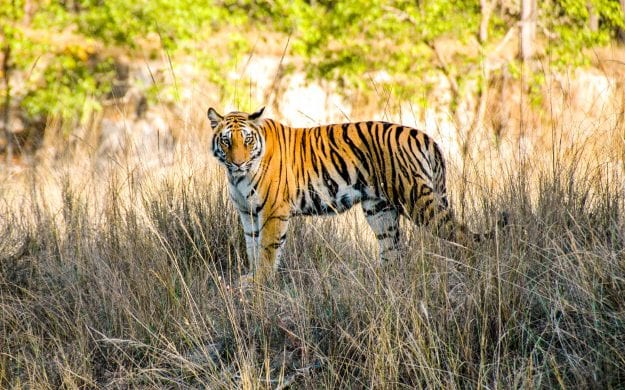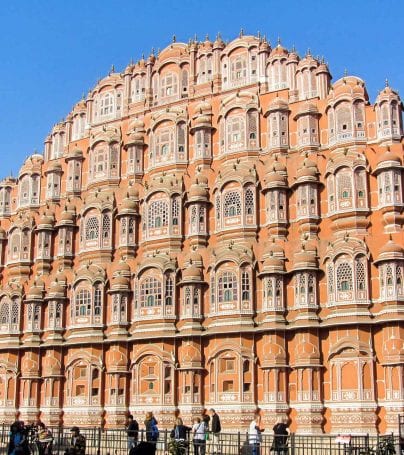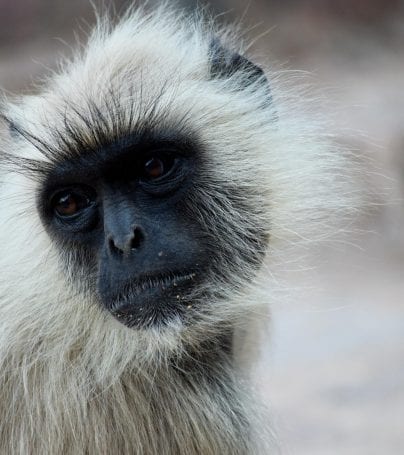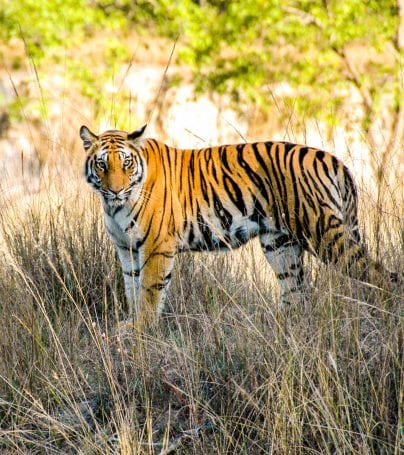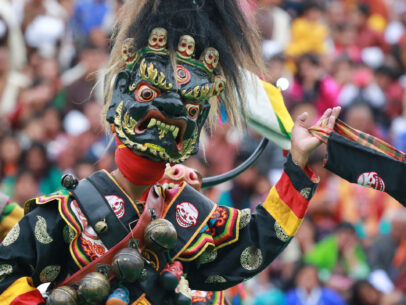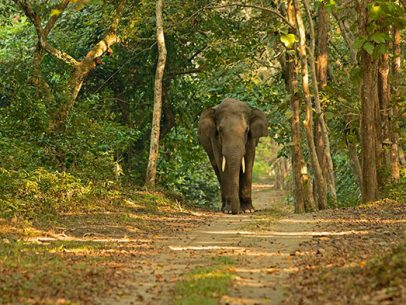Ranthambore National Park Adventure Tours
Ranthambore National Park is one of the largest national parks in northern India. It is situated in Sawai Madhopur district of southeastern Rajasthan, about 180 km from Jaipur, which is also the nearest airport. The nearest town and railway station are at Sawai Madhopur, about 11 km away. Ranthambhore was established as the Sawai Madhopur Game Sanctuary in 1955 by the Government of India and was declared one of the Project Tiger reserves in 1973. Ranthambhore became a national park in 1980. In 1984, the adjacent forests were declared the Sawai Man Singh Sanctuary and Keladevi Sanctuary, and in 1991 the tiger reserve was enlarged to include Sawai Man Singh and Keladevi sanctuaries. Ranthambore wildlife sanctuary is known for its tigers and is one of the best places in India to see these majestic predators in the jungle. Tigers can be easily spotted even during the day time. A good time to visit Ranthambore National Park is in November and May when the nature of the dry deciduous forests makes sightings common. Its deciduous forests were once a part of the magnificent jungles of Central India.
The park lies at the edge of a plateau and is bounded to the north by the Banas River and to the south by the Chambal River. There are several lakes in the park. It is named for the historic Ranthambhore fortress, which lies within the national park. The park covers an area of 392 km², and is known for its tiger population, and is one of India’s Project Tiger reserves. Other major wild animals include the tiger, leopard, nilgai, dhole, wild boar, sambar, hyena, sloth bear, and chital. It is also home to a wide variety of trees, plants, birds, and reptiles. Ranthambore is also the site for one of the largest banyan trees in India.
Wildlife
Ranthambhore is best known for its large tiger population. As tourism in the park increased, so did the population of neighboring villages. This led to increasing amounts of fatal human-tiger interactions and poaching. The Indian Government started Project Tiger in 1973 with an allotted area of 60 mi2. It was later expanded to become what is now called, the Ranthambhore National Park. Besides tigers, the reserve has a thriving bird population with more than 270 different species of birds here
Customize Your Dream Adventure
We are here to help craft tailor-made adventures for individuals, couples, families, and groups of explorers.

